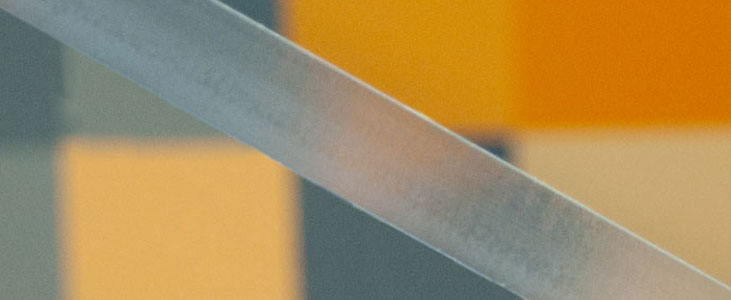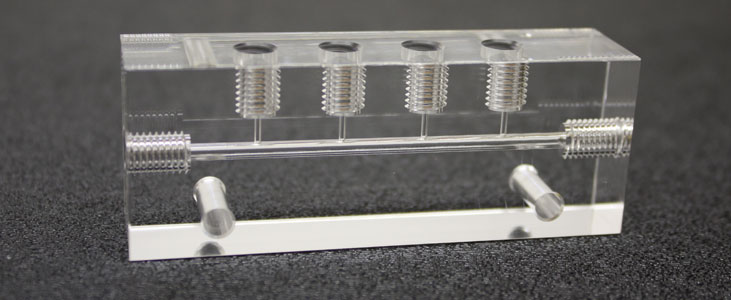A Complete Guide on Acrylic Polishing
In this post, we will learn about polishing acrylic. We will further also know about the ways to polish acrylic sheets. How to polish acrylic will be explained in more detail here.
However, we will be touching only briefly in each method of polishing. Finally, we will learn about the benefits of polishing acrylic plastic.
Contents
What is Acrylic Polishing?

Acrylic products are polished as it gives a good finishing. That is because quite often acrylic products can carry dents and unwanted areas. These areas need proper acrylic polishing if you want the right shapes in the final product.
A product with a professional finish is more saleable than one which isn’t. A polished acrylic product has that professional finesse. Hence for both sales and professionalism acrylic products have to be polished well. But you now need to know how to polish acrylic.
Things to Remember before Polishing
The machine’s edge decides the volume of finishing needed. This finish will create a sleek and glass-look to the product. Cutting tools that are sharpened as well as having the right design lowers the time of the whole polishing. Moreover, when you use sprays that are coolants then the unwanted high temperatures that are created are kept at bay. Also read the types of displays in visual visual merchandising.
Ways to Polish Acrylic

1. Polish the Edge
You can create the highest level of finishing on the edge. However, you need to prepare for that. If you have an edge that has adequately gone through the mills. Then the edge can be polished with no need to sand. But if you are laying an acrylic roofing sheet you might have used a saw-cutter then it needs the following processing. Sand the product, run it via the jointers, shapers, routers, edge finish machines. Sometimes you may have to hand-scrape the product before polishing.
You can polish the edges in the right way over the stationary polisher’s head. Try to include eight inches or fourteen inches diameters of muslin wheelsets that have undergone bleaching. Add the bias strip to create a pleated design. Such equipment will speed up your task.
Also read about acrylic laser engraving.
Another factor that decides the polishing results is the choice of polishing compound. When you utilize mid-range compounds to cut such an operation will provide quite a proper finishing in just a single polishing.
If you like to create more lustrous feel then utilize only speedily compounds to cut, for removing away any unwanted sand mark. Lastly, utilize a lustrous compound with a higher level during the last polishing step.
Don’t use high temperature or heating while you buff the edge. You may introduce unwanted stress inside the sheets. This can create damages. Annealing the parts can prevent the volume of stress.
2. Polish the Surface
When you get products that carry any machine mark that isn’t very inward, then you can polish the surfaces with no sand previously. Utilize the wheel with six or twelve inches diameter to polish it. This wheel must be built to a width of one and a half or two inches. Again use muslins that have undergone bleaching and must be soft. In the last polish use soft flannels. In the primary task utilize the mid-range coarse compound to polish based on how inward the scratch goes.
While you polish any area keep the tool in motion every time. Don’t utilize high pressure. This can damage the product from high temperatures.
3. Sand the Edge
Sanding is done in both wet and dry ways. Use a lot of water to sand the edge using only your hands. Utilize the sand-bock to create even edges. Use low pressure while you grind using power sanding tools. This step helps to lower the heat which can prevent any formation of gummy substances.
4. Sand the Surface
Sanding of the surface should not be done if the unwanted dents or bumps aren’t going away after all the other polishing. Use lots of water to create a good finishing. With no water, the sheet will get heated.
5. Scrape the Edge
Here you can also scrape away the edges using a scarper. Use the metal that has flat edges and sharpness. The scarper must contain the sharpest square edges.
6. Flame Polish the Edge
Utilize the oxygen-hydrogen welding torch to flame polish the edge. Kindly note that the flame has to have a blue tinge. Moreover, it must not be really visible. The flame size can be three inches. It must carry some narrowness and must be lengthy.
Keep the torch in an angle near to 180 degrees. Now start drawing the fire across the edge of the sheet or product. With the right experience, you will know the correct swiftness and length that you need to cover. Check if the step gave the right result. If not wait for the sheet to cool fully. Then repeat the above steps to create a better polish. Kindly remember that introducing heat all of sudden can create unwanted stress that may bring and damages. After this step, you can anneal the area to prevent unwanted post-stress.
What is Annealing
Annealing is a heating-cooling step to improve the quality of the polishing.
- Here you must clean the sheet thoroughly and dry it first.
- Then you must heat the sheet until eighty degrees. Start heating every millimeter for one hour. Then it must be cooled down.
- The cooling time depends on how thick the sheet is. Cool the sheet gradually to lower any stress.
- More thick sheets need more cooling time. The sheet must be cooled only till sixty degrees. Don’t remove any product before sixty degrees.
Benefits and Applications of Acrylic Polishing
- Polishing removes unwanted bumps, projections and imperfections.
- It gives proper shape to the product or sheet.
- Only a polished sheet will look appealing to the buyer.
- The sheet sometimes becomes translucent or transparent after polishing which makes it look like glass. Only a transparent sheet can be used instead of glass.
- In military acrylics are extensively utilized and in such cases, accurate measurements are used to fill acrylic layers. Especially in helmets and guards that prevent stuff. Only accurate polishing can help the right fit of these acrylic sheets onto other things.
- Similarly, hospitals that use acrylics need polished acrylics. With no polishing, the sheets can hurt sick patients and kids.
- Furthermore, the food industry and hotels use food counters that need acrylic guards. These to need the right polishing. Without polishing none of the sheets are useful. All customers may touch these sheets. And any injury from non polished sheets can bring huge losses to big companies.
This post explained the process of polishing. It also gave different types of polishing. We have included the most important techniques within acrylic polishes. Also get the different types of acrylic sheets.
Pleasant Plastic provides end-to-end product design, engineering, tooling, and acrylic manufacturers. We are the best acrylic product designer in Dubai, UAE and we Provide Acrylic Laser Cutting Services with high quality laser Cutting Machines. We take pride not only in the efficiency of our job but in delivering orders from our customers on time. You can see that Pleasant Plastic is famous for Acrylic Bending and Molding Dubai. Contact us for more.
Also read our blog : Top Ten Acrylic Lighting Ideas



